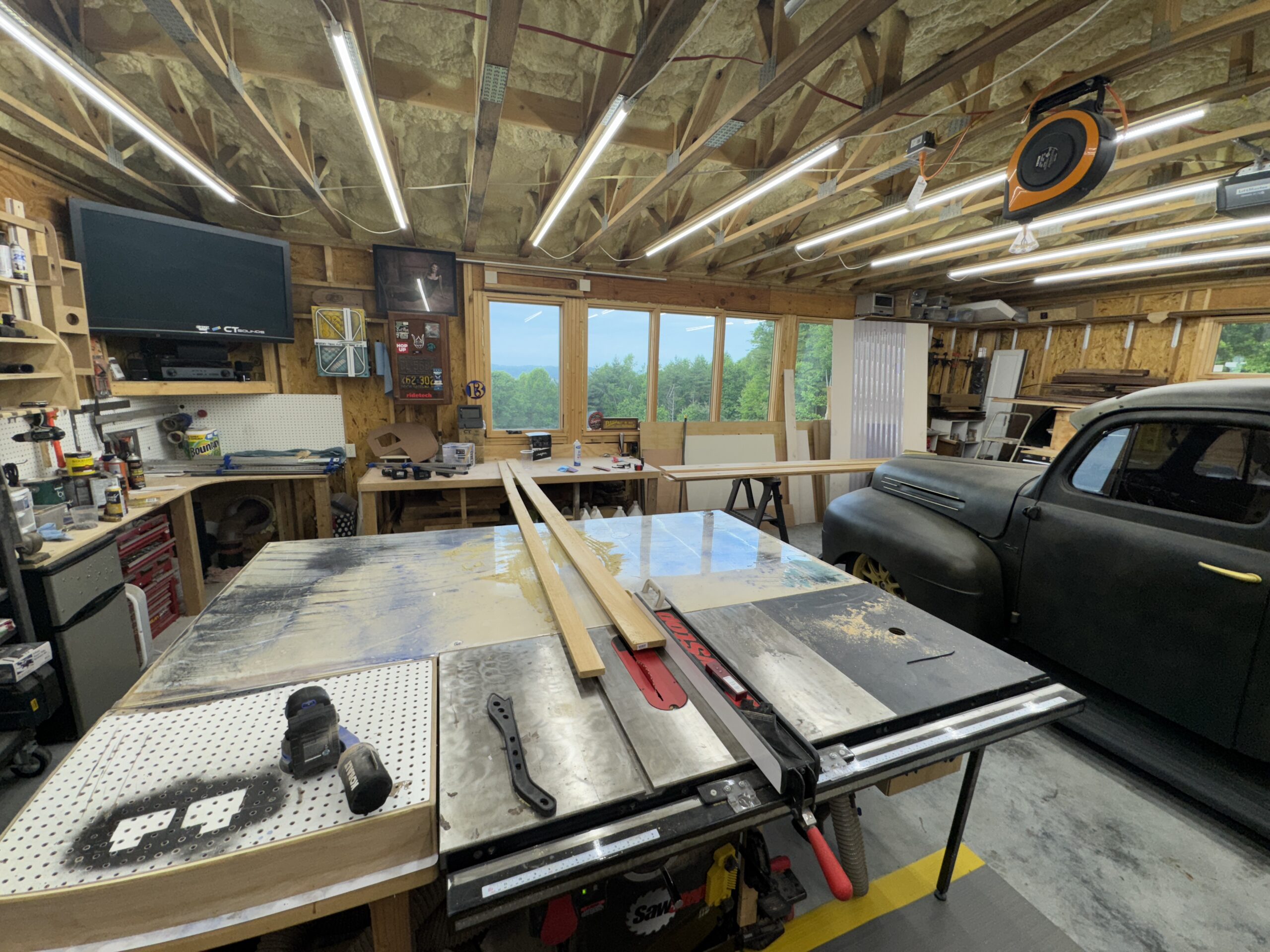“In the middle of difficulty lies opportunity.” — Albert Einstein
1932:
In 1932, while the world was drowning in the Great Depression, a man named Charles Merrill saw something others didn’t.
Most businesses were scaling back. Laying off. Retreating.
But Merrill—the co-founder of Merrill Lynch—was quietly positioning himself for a surge.
He studied what consumers would want once the dust settled.
He began investing in safe, middle-class products—like grocery store chains.
By the time the economy recovered, Merrill was a household name… and rich beyond belief.
While others were licking their wounds, he was playing long-term offense.
The Parallel Today:
Every summer, the same thing happens in construction:
- Phones slow down
- Clients hit pause
- Teams shift into autopilot
And most builders tell themselves, “It’s just the season.”
But top builders don’t think this way:
Summer is the setup season. The planning you do now determines how fast you scale in the fall.
Here’s What the Best Builders Are Doing Right Now:
1. Locking In Fall/Winter Pipeline
They’re not “hoping” for leads post-Labor Day—they’re working the magnet side of the $20M Triangle …becoming a sea of one, segmenting their lead pipeline, organizing golf and lunches with realtors and developers, lining up specs, clarifying their offer positioning and more…
📈 A Harvard Business Review study found that companies who proactively plan during off-seasons grow 37% faster during peak cycles than those who don’t.
2. Auditing and Adjusting the Team
They’re not waiting until things blow up—they’re fine-tuning meetings, reviewing roles, and letting underperformers go.
✅ A Gallup poll revealed that companies who conduct mid-year team recalibrations see a 20% improvement in productivity over 6 months.
3. Building the Owner, Not Just the Business
They’re taking time off—but it’s intentional. Reading. Thinking. Refining vision.
You can’t lead a million-dollar team with a burned-out brain.
Here’s What Most Builders Are Doing:
- Skipping meetings
- Chasing small fires
- Reacting instead of planning
- Saying “We’ll figure it out later”
But when later comes…and it’s usually too late.
The Point:
The damage doesn’t happen in the summer.
The consequences just show up in the fall.
Your Move:
You’ve got two choices:
- Coast through summer like most builders…
- Or use it like Merrill did: to quietly prepare for a growth explosion.
Want help mapping out the next 90 days so you don’t fall behind?
👉 Let’s hop on a 20 Min Blueprint Call—we’ll walk through exactly where you are, what’s holding you back, and what to fix first.
Always in your corner,
Rodric








